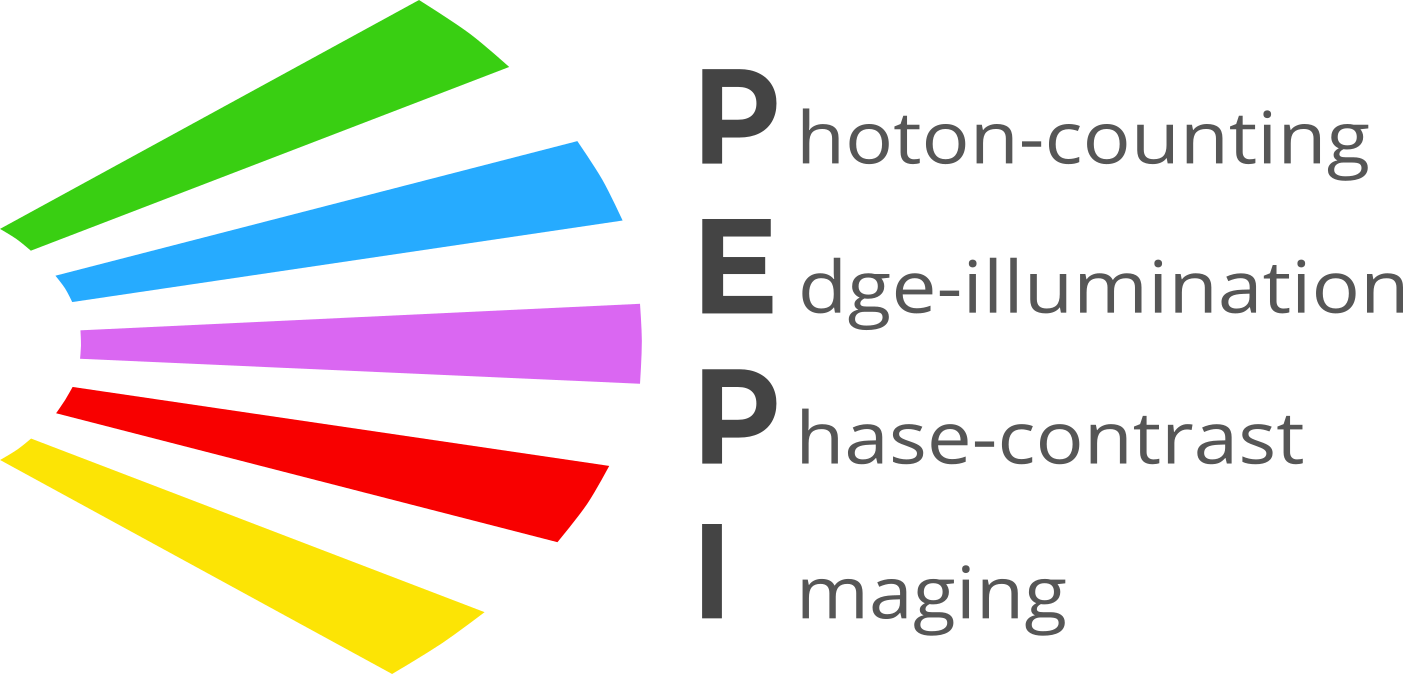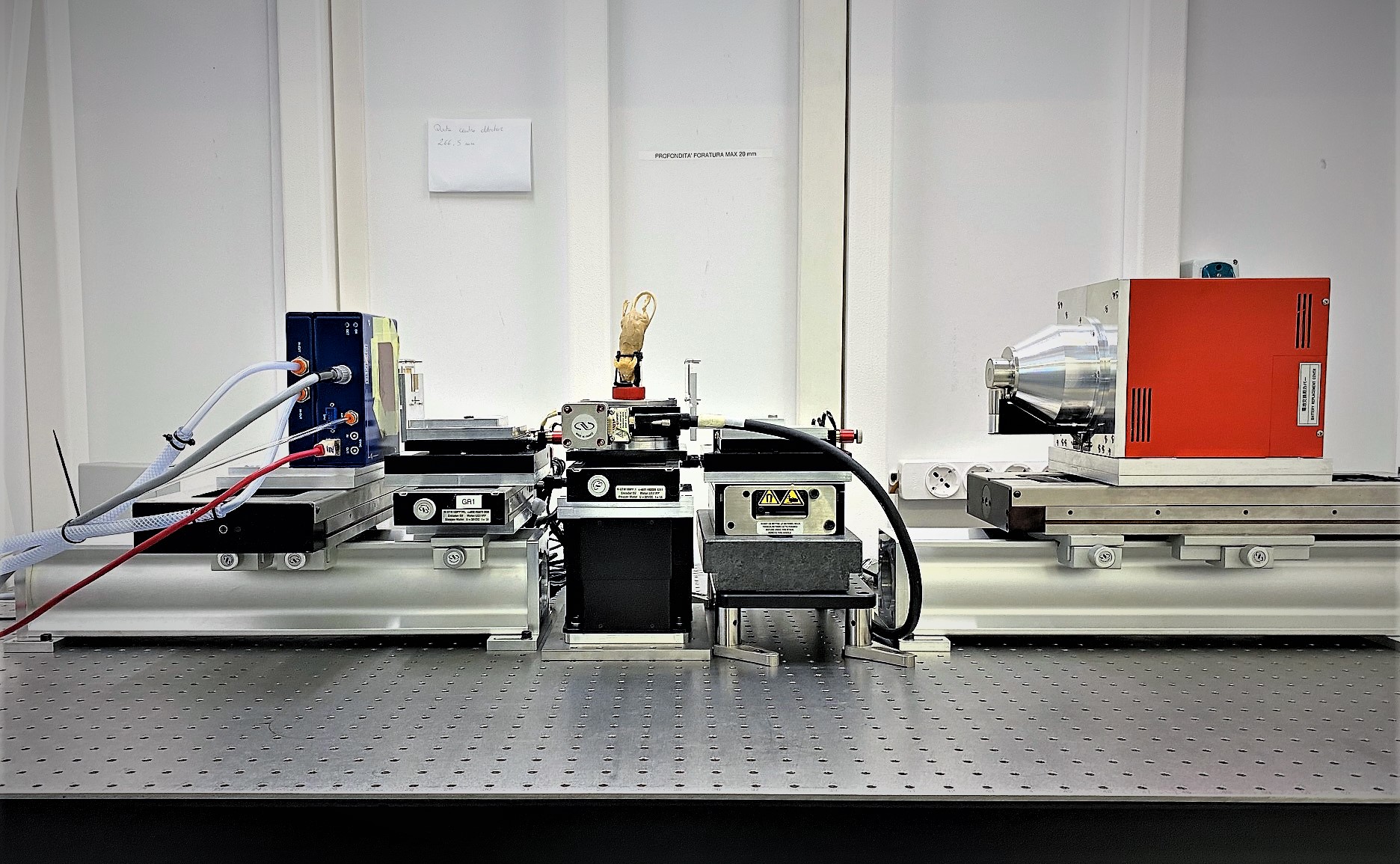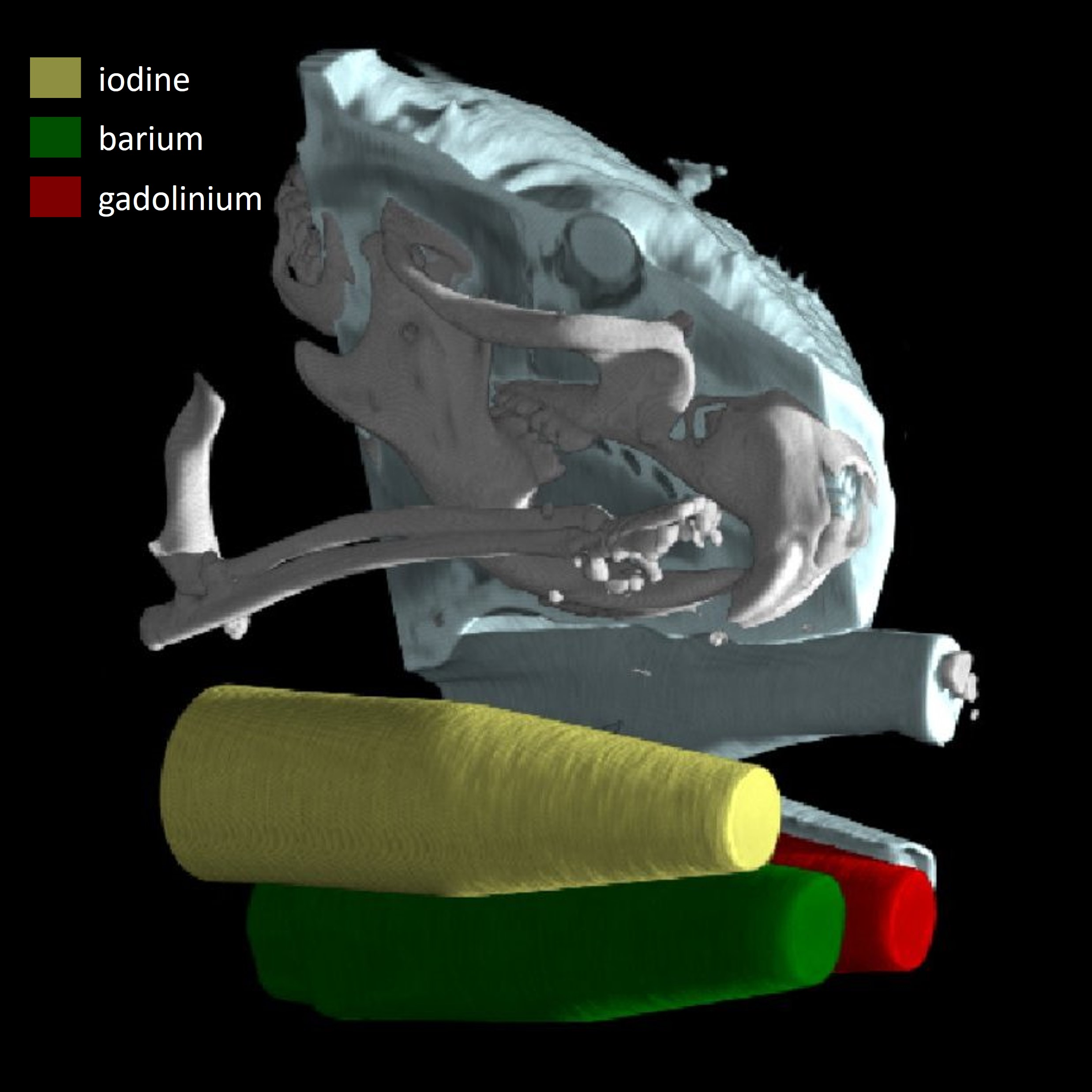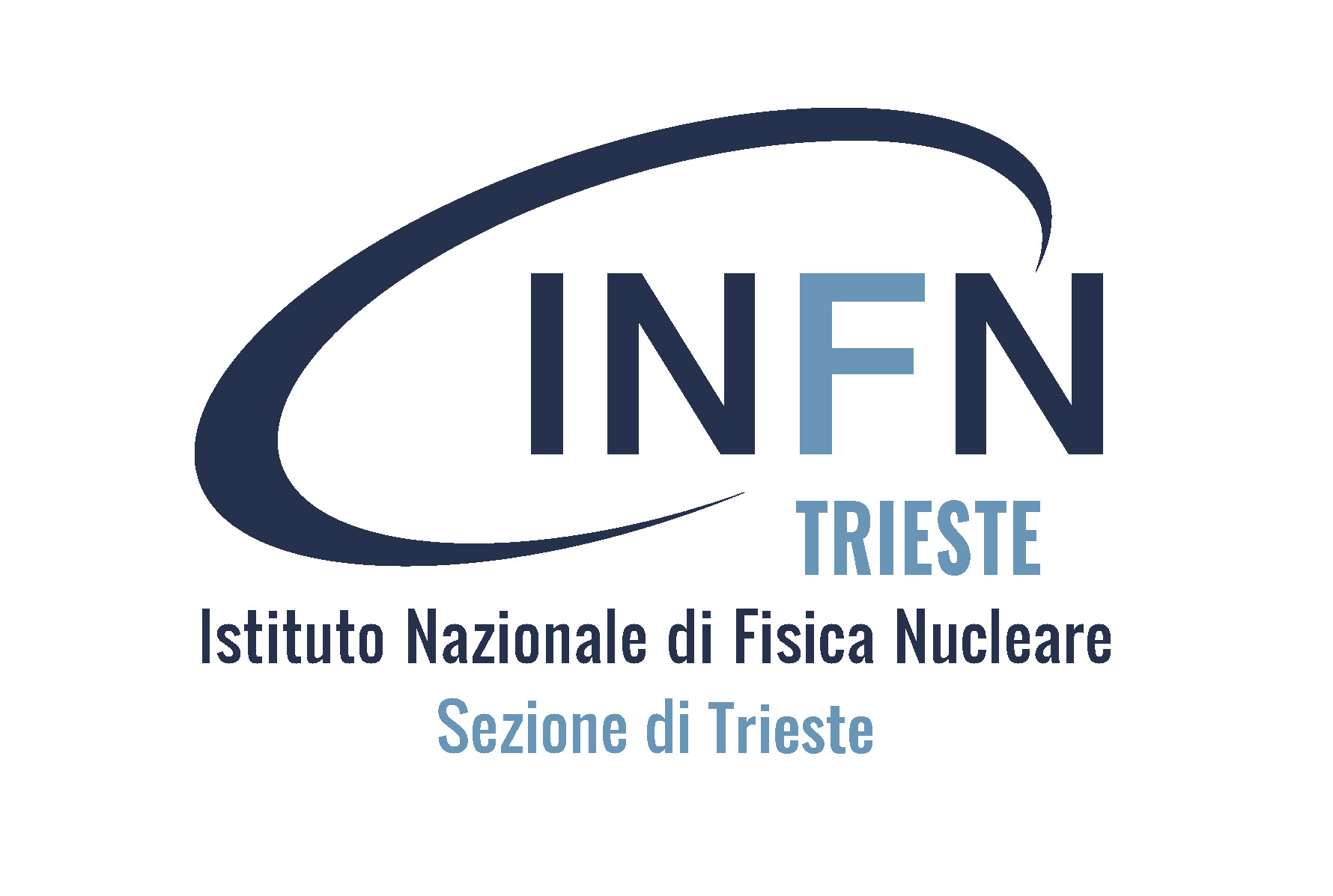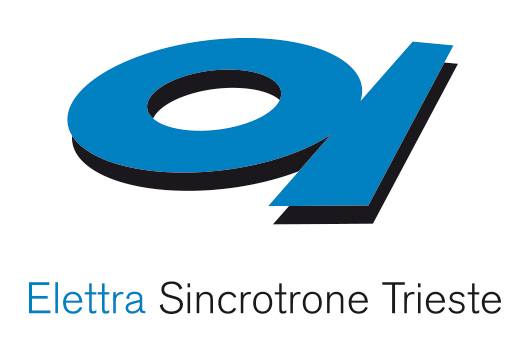Project
The PEPI (Photon-counting Edge-illumination Phase-contrast Imaging) project is developing a new compact X-ray phase-contrast imaging (XPCI) facility at the INFN laboratories in Trieste (Italy). XPCI performance is enabled by the edge-illumination (EI) technique, whereby an array of beamlets produced by a structured absorbing mask (sample mask) is analyzed either by a second mask or by the detector itself. This arrangement allows the simultaneous detection of attenuation (conventional imaging), phase, and ultra-small-angle scattering USAXS signals, being appealing for biological and material science samples featuring multiple interfaces or a highly granular structure (e.g., pulmonary tissue, additive manufacturing). The setup is suited for samples in the centimeter scale requiring phase/USAXS sensitivity and spatial resolution in the 10 micrometers scale. Thanks to the integration of a photon-counting detector (Pixirad1-PixieIII) with spectral capabilities (2 energy thresholds per pixel) XPCI will be combined with spectral/KES imaging to provide images with lower noise and/or an increased number of decomposition materials.
Simulation
A Geant4-based simulation framework enabling to simulate refraction (i.e., differential phase-contrast) images in EI mode has been developed.
The simulation features realistic tungsten anode spectra and focal spot distributions, detector energy response, tunable masks (pitch, aperture, thickness), geometry, acquisition modes (double-mask, single-mask, conventional), and movimentation (stepping, dithering). The code of the simulation can be found at this link.
The simulation features realistic tungsten anode spectra and focal spot distributions, detector energy response, tunable masks (pitch, aperture, thickness), geometry, acquisition modes (double-mask, single-mask, conventional), and movimentation (stepping, dithering). The code of the simulation can be found at this link.
Contacts
For more information please contact luca.brombal@ts.infn.it.

